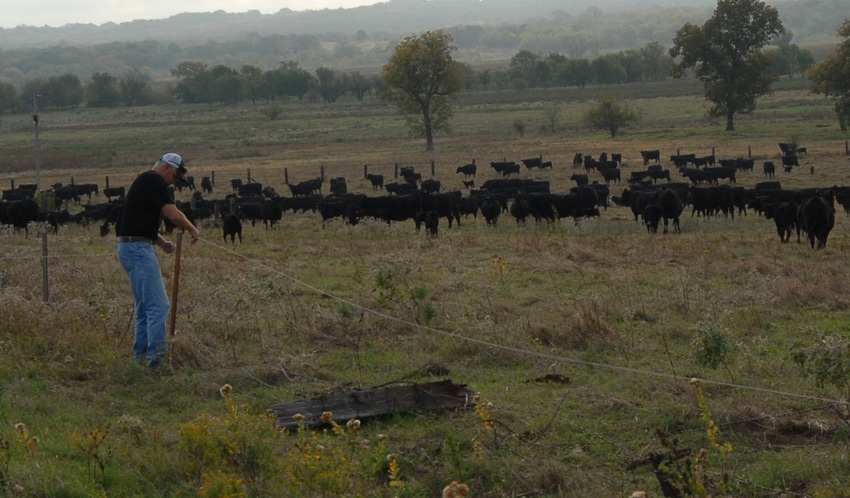
Recently I was reviewing the European theater of World War II. It is almost hard to understand how Germany failed to win the whole show. In something like nine months Hitler’s war machine had taken most all of Western Europe including a large French armed force and most everything Great Britain had to fight with. The escape of 338,000 English troops from Dunkirk back to their home island was a German gift and a mistake Hitler never overcame.
But his really big blunder came in splitting his forces and breaking the nonaggression pact with the Soviet Union and the invasion of Russia in late June of 1941. He ended up losing 300,000 men and a tremendous amount of equipment for this effort. Splitting his armies made it possible for the allies to destroy the German program in the following 46 months.
As beef producers it is common for many of us to make a similar mistake to that of Hitler. We split our herds and run cattle in multiple locations. The cost in profitability and stress are high, but the loss of forage and soil growth are likely even more important.
An extremely important natural model are these six facts:
It takes grass to grow grass.
Forage doesn’t grow with cattle standing on it.
Successful planned grazing requires complete forage growth recovery.
Complete pasture recovery leads to and yields plant diversity. Diversity increases system stability and health.
Regenerating soils increases profitability.
Multiple herds come at a high cost.
The principle of “use it or lose it” is very important. But the system (pasture) must be completely recovered before use if we are to generate the results we need. High animal impact, animal health, soil increasers, and profits per acre are most closely at maximum when the herd is all together. Yes, there are individual animals that will drop out and require culling but I never see multiple herds operate at the efficiency level of one herd.
Multiple high-density moves on a daily basis can be executed while your neighbor is driving up and down the road from herd to herd to herd. You'll be gaining ground. He'll be losing. Plan to keep your cattle together. Remember that no one grows grass with cattle standing on top.
About the Author(s)
You May Also Like






